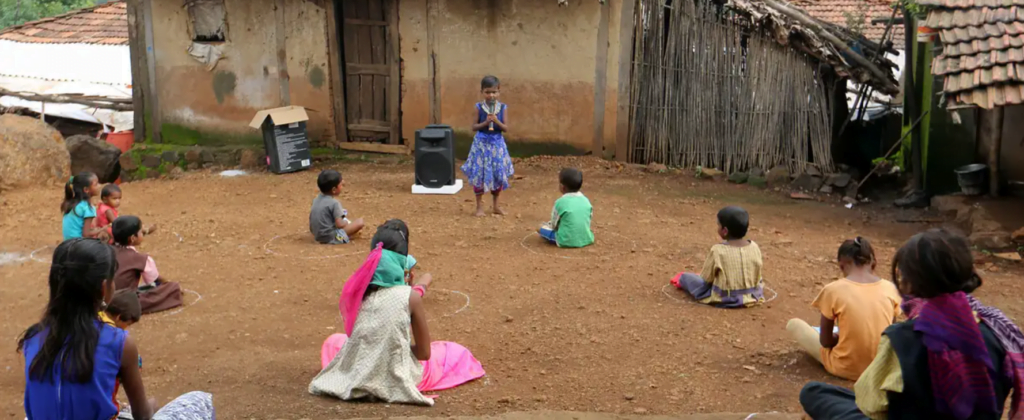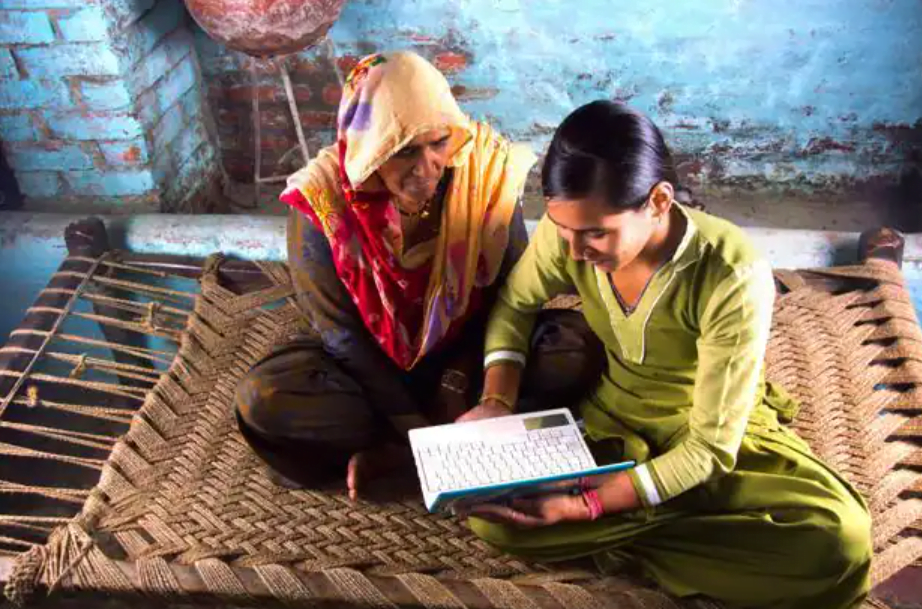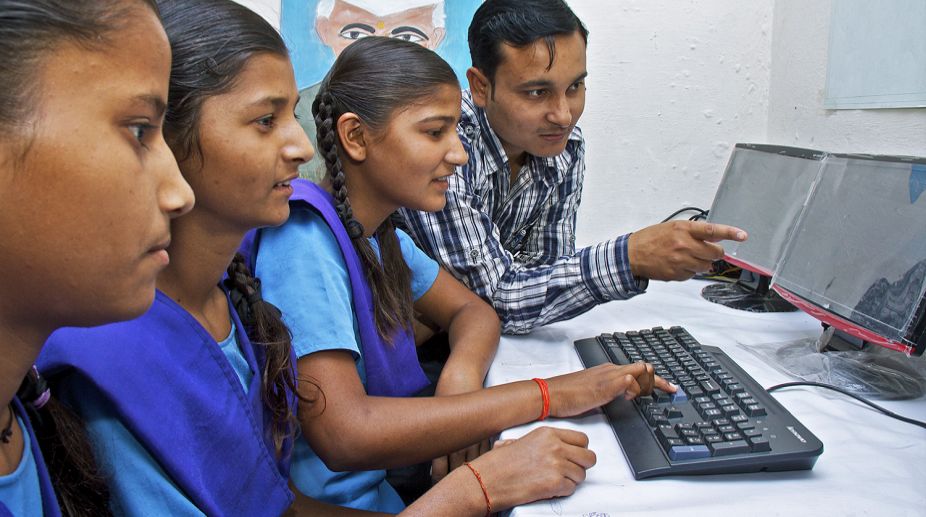In a recent, groundbreaking revelation, the ASER report of 2023 has brought to light alarming gender disparities in digital literacy and access among rural Indian youth aged 14-18. The report delves into the intricate digital landscape, unveiling stark realities such as the prevalence of male dominance in smartphone ownership, a pronounced gender gap in digital access, a dearth of technical proficiency among females, and a concerning lack of awareness regarding online safety settings.
Analysing these findings underscores the urgent need for immediate and targeted measures to bridge the gender gap among rural Indian youth in terms of digital access and literacy. As technology plays an increasingly central role in education, employment, and overall societal participation, addressing these disparities becomes not just a matter of equality but also a crucial step towards empowering the next generation in the digital age.
What did the report reveal?
Through the Annual Status of Education Report, the non-profit Pratham Foundation, which is dedicated to advancing education, has been assessing the literacy and math proficiency, school enrollment, and attendance of students in rural India between the ages of 6 and 14 since 2005.

But the latest poll, which covered 2023, turned its attention to a more mature group of people: Indian youngsters living in rural areas between the ages of 14 and 18. This most recent evaluation examined their ability to use reading and arithmetic abilities in practical situations as well as their access to and competency with digital media.
Titled “Beyond Basics,” the report encompassed 28 districts across 26 states, surveying 34,745 children enrolled in both private and government institutes. It revealed a significant gender gap in digital knowledge and access within this particular demographic. In the recently released report, encompassing 28 districts across 26 states and surveying 34,745 students in private and government institutions, a striking gender gap in digital knowledge and access surfaces among the 14-18 age group.
While an impressive 89 per cent of youth own devices, and 92 per cent exhibit proficiency in using them, a gender disparity becomes evident. Males in rural India, aged 14-18, are twice as likely to own smartphones (43.7 per cent) compared to females (19.8 per cent). Further, digital literacy rates follow a similar pattern, with 94.7 per cent among males but trailing at 89.8 per cent for females.
Beyond assessing device ownership, the survey delved into the proficiency of children in performing various digital tasks. This extended to activities such as searching YouTube videos, sharing content, setting alarms, and utilising Google Maps. Notably, the findings indicated that 80 per cent of the surveyed group demonstrated the capability to find YouTube videos, with an even higher percentage (90 per cent) showcasing the ability to share such content with a friend.
Moreover, two-thirds of the participants exhibited the skill to set an alarm, while 70 per cent were found capable of browsing the internet. Interestingly, a little over one-third of the group demonstrated proficiency in utilising Google Maps to estimate distances between two locations.
The statistics further revealed that only thirty per cent of the female respondents had an email address, whereas fifty per cent of the male respondents did. Furthermore, the percentage of female users of Google Maps was 25.3 per cent, compared to the greater number of 48.9 per cent among male users.
“Although the overall penetration of smartphone technology in rural India has grown enormously in recent years, these results show clearly that girls and young women have far less access to it than their male counterparts,” the report stated.

Similarly, gender disparities were noted in tasks like filling out forms, using online services, and making payments online. Though ninety-five per cent of the people polled used social media, only fifty per cent of them showed competency in online safety. To be more precise, 48 per cent of respondents understood how to make a profile private, 52 per cent knew how to reset passwords, and 52 per cent knew how to report or ban a profile.
Even in this particular arena, guys showed more awareness of cybersecurity than girls did. Concerns are raised by this gender disparity, especially in light of the growing prevalence of digital activities like entertainment and online shopping through cell phones and the associated potential risks.
Analysing and delving deep into the report and the findings, it unveils the dark reality by highlighting the critical imperative for ensuring equal participation and empowerment of women in India’s swiftly evolving digital landscape, it becomes evident that bridging existing gaps is essential. This undoubtedly underscores the pressing need to take proactive initiatives, emphasising the call of the hour to cultivate a more equitable digital future for a better nation.
The potential hazards in the digital divide
As India undergoes a rapid digital transformation, it is imperative to ensure that this evolution is inclusive and provides equal opportunities for women across the nation. Beyond simply addressing women’s smartphone ownership, the focus should be on accelerating digital literacy programs and actively striving to eliminate gender disparities in the online sphere.
At the same time, the widening gender gap, if left unaddressed, poses a significant threat to exacerbating existing inequalities, leaving females with restricted access to vital services such as health, education, and financial inclusion. The pervasive adoption of smartphones in rural areas presents a promising avenue to enhance educational outreach. To leverage this potential, there is a pressing need to implement effective measures that raise awareness about responsible and constructive technology use among educators and the broader civil society.
Failure to take decisive action could perpetuate disparities and hinder progress towards equitable access and opportunities for females in crucial aspects of life.
How to bridge the gender gap?
The revelations in the ASER report indicated an alarmingly consistent gender disparity across all digital tasks, with males consistently outperforming females. This dichotomy between device ownership and digital literacy highlights a critical correlation. Beyond statistics, it calls for immediate action to create a more inclusive digital landscape for rural Indian youth. This calls for a question: what are the potential strategies to bridge the digital gender gap effectively?

Efforts to bridge the gender gap in digital access and literacy begin with targeted initiatives focused on enhancing digital literacy. Tailored programs specifically designed for females in rural areas aim to provide them with the necessary skills to navigate the digital landscape confidently. By integrating digital skills training into school curricula, particularly emphasising practical skills and online safety, a strong foundation is laid for empowering young females in the realm of technology.
Another critical aspect of narrowing the gender gap involves raising awareness within communities. Comprehensive awareness campaigns seek to enlighten parents and community members about the pivotal role digital literacy plays for both genders. The emphasis extends beyond mere access to digital resources, highlighting the broader benefits, including economic empowerment and enhanced educational opportunities. Building a community-driven understanding of the importance of digital inclusion sets the stage for collective support and engagement.
Also, ensuring universal access to digital devices is pivotal in creating an equitable digital landscape. Efforts to make smartphones and digital tools more affordable and accessible to all, regardless of gender, form a cornerstone of the solution. Collaborations with technology companies and government initiatives can facilitate the provision of subsidised or low-cost devices to rural communities. This step, combined with community centres and digital hubs, establishes tangible infrastructure to foster learning, collaboration, and support for females in building essential digital skills.
It cannot be forgotten that creating a gender-sensitive digital content ecosystem is crucial for fostering inclusivity. The development of content that addresses the unique needs and interests of both male and female users contributes to a more diverse and enriching digital experience.
Additionally, teacher training programs play a key role in ensuring educators are well-equipped to integrate digital literacy into their teaching methods, catering to the specific challenges faced by female students. Government policies advocating for gender equality in digital access and literacy, coupled with resource allocation for targeted initiatives, form the backbone of systemic change.
In conclusion, the endeavour to bridge the digital gender gap in rural India encompasses multifaceted strategies, ranging from educational programs and community awareness to infrastructure development and policy advocacy. Through collaborative efforts, these measures aim to empower young females with the skills and knowledge essential for thriving in the digital age, fostering a more inclusive and equitable digital future.




